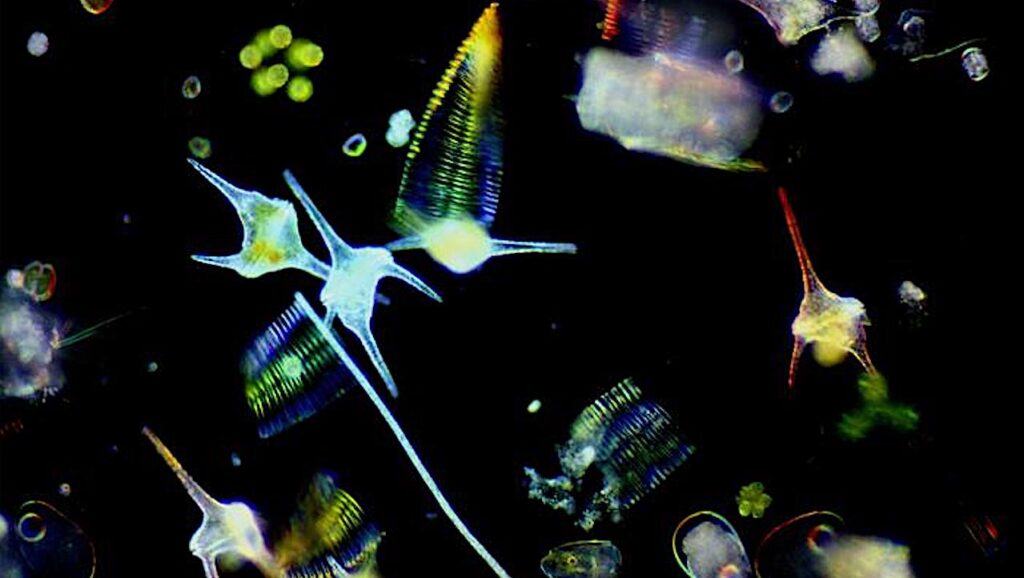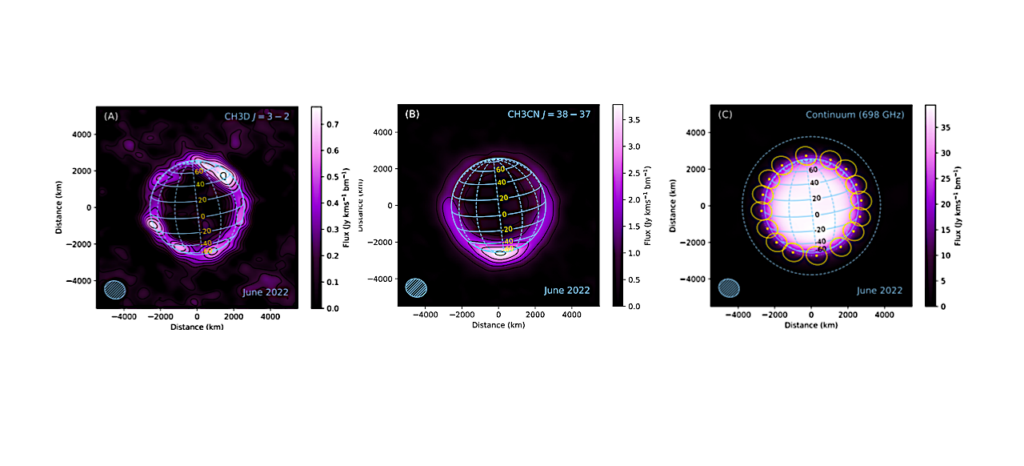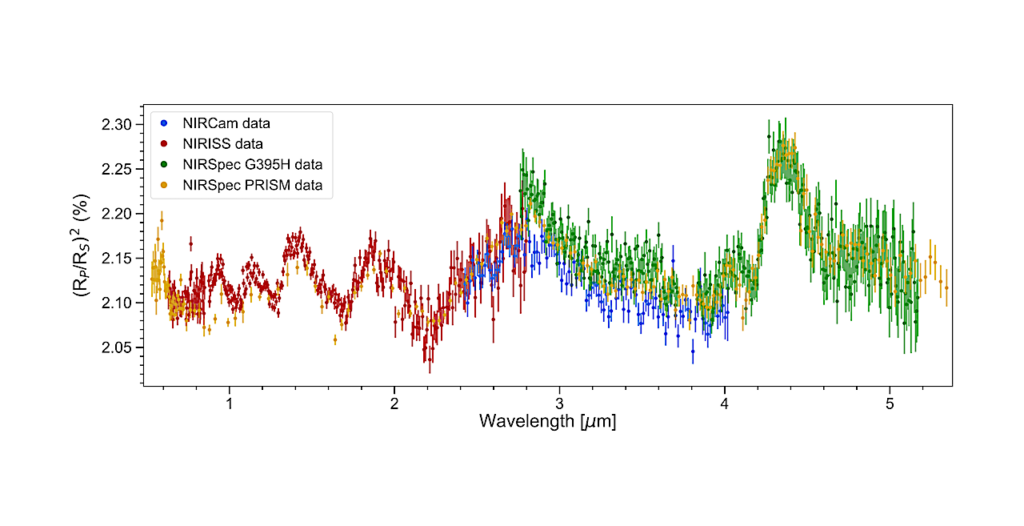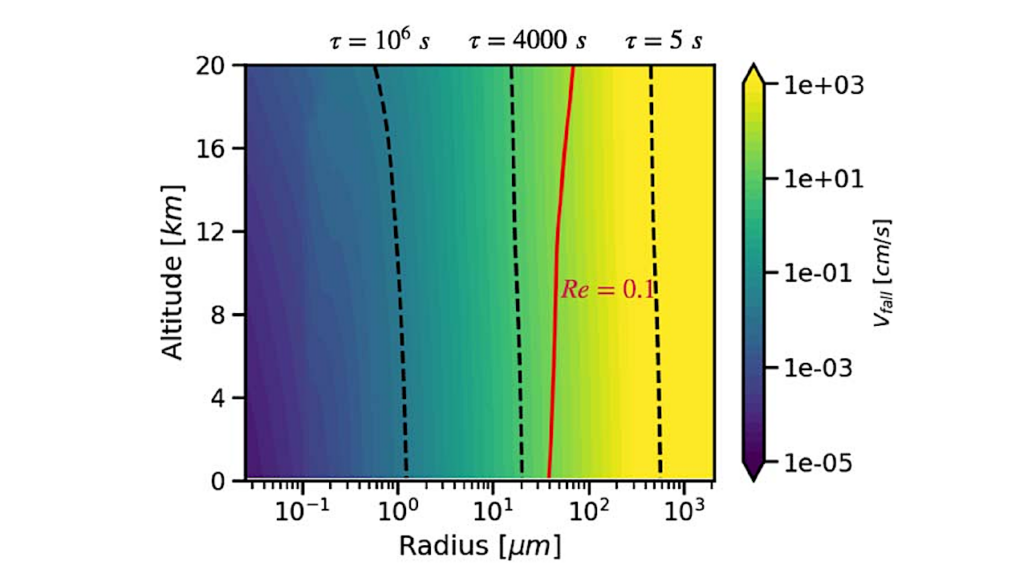Super-Earths and Earth-like Exoplanets
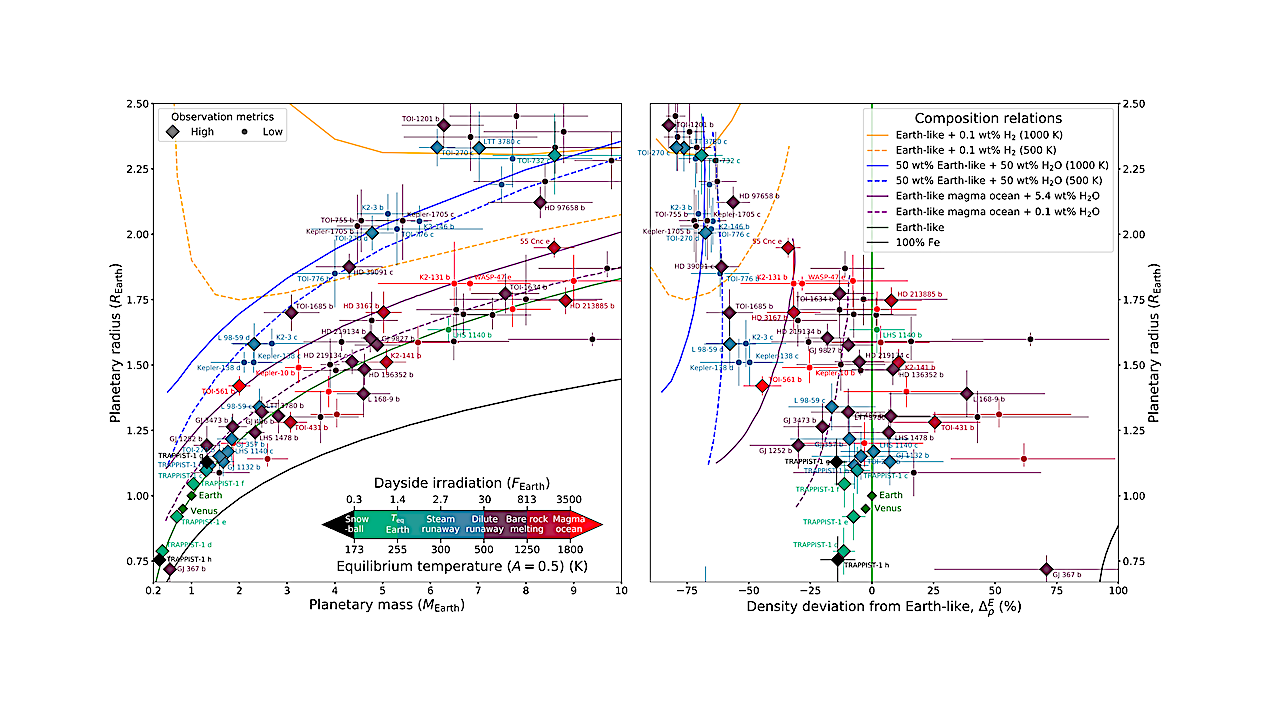
In the last few years astronomical surveys have expanded the reach of planetary science into the realm of small and dense extrasolar worlds. These share a number of characteristics with the terrestrial and icy planetary objects of the Solar System, but keep stretching previous understanding of the known limits of planetary thermodynamics, material properties, and climate regimes.
Improved compositional and thermal constraints on exoplanets below ∼2 Earth radii suggest efficient accretion of atmosphere-forming volatile elements in a fraction of planetary systems, pointing to rapid formation, planet-scale melting, and chemical equilibration between the core, mantle, and atmosphere of rocky and volatile-rich exoplanets.
Meaningful interpretation of novel observational data from these worlds necessitates cross-disciplinary expansion of known material properties under extreme thermodynamic, non-solar conditions, and accounting for dynamic feedbacks between interior and atmospheric processes.
Exploration of the atmosphere and surface composition of individual, short-period super-Earths in the next few years will enable key inferences on magma ocean dynamics, the redox state of rocky planetary mantles, and mixing between volatile and refractory phases in planetary regimes that are absent from the present-day Solar System, and reminiscent of the conditions of the prebiotic Earth.
The atmospheric characterization of climate diversity and the statistical search for biosignatures on terrestrial exoplanets on temperate orbits will require space-based direct imaging surveys, capable of resolving emission features of major and trace gases in both shortwave and mid-infrared wavelengths.
Tim Lichtenberg, Yamila Miguel
Comments: 39 pages, 11 figures; review chapter accepted for publication in Treatise on Geochemistry, 3rd edition
Subjects: Earth and Planetary Astrophysics (astro-ph.EP); Atmospheric and Oceanic Physics (physics.ao-ph); Geophysics (physics.geo-ph)
Cite as: arXiv:2405.04057 [astro-ph.EP] (or arXiv:2405.04057v1 [astro-ph.EP] for this version)
https://doi.org/10.48550/arXiv.2405.04057
Focus to learn more
Submission history
From: Tim Lichtenberg
[v1] Tue, 7 May 2024 06:59:48 UTC (5,567 KB)
https://arxiv.org/abs/2405.04057
Astrobiology



